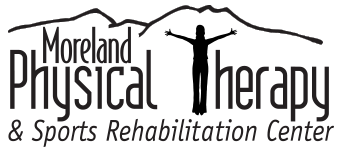Injury Prevention Part II - Functional Movement Screen
Last week I discussed the high incident rate of injuries in athletes and ways to minimize injury risk by incorporating specific warm-up and cool-down regimes. This week, I am going to introduce a tool that not only will pick-out those individuals who are at higher risk for injury but also will give the person tools to reduce that risk through specific exercises.
This tool was developed by Gray Cook and Lee Burton and is called the Functional Movement Screen (FMS). It was designed to help PTs, coaches, and trainers screen individuals/athletes for risk of injury. The screen includes 6 tests that are each scored individually. A total score is a achieved with a cut-off score that has been shown in several research studies to be able to identify those who are at a higher risk for injury. As a screening tool, it can be used more then once to track progress as well.
"The Functional Movement Screen (FMS) is the product of an exercise philosophy known as Functional Movement Systems. This exercise philosophy and corresponding set of resources is based on sound science, years of innovation, and current research."
http://www.functionalmovement.com/
The FMS has grown in popularity over the last several years and has been used by many professional sports teams (Green Bay Packers, Baltimore Ravens, San Francisco 49ers), Stanford University and the Military. However, it can be equally effective and probably more beneficial to younger athletes when first starting their careers (middle school and high school).
Now, we have talked a lot about athletes but in truth, this could be a great tool for anybody who is active. Injuries can happen at work (the industrial athlete), at home playing with the kids, going up a flight of stairs, or picking up a box. If you move poorly, you are at higher risk for injury. So why not identify that risk and prevent the injury before it happens!
It would be great if we all moved well, but the reality is that we don't and when you add load or repetitive tasks to how you move it can lead to problems. Below is a link to an interesting interview between Gray Cook and Kelly Starrett (another advocate of reducing movement dysfunction). If you like to work out at the gym (especially those who are in Crossfit or other boot camp/functional movement training), this video will help tie together a few philosophies that have are at the forefront of training correctly.
